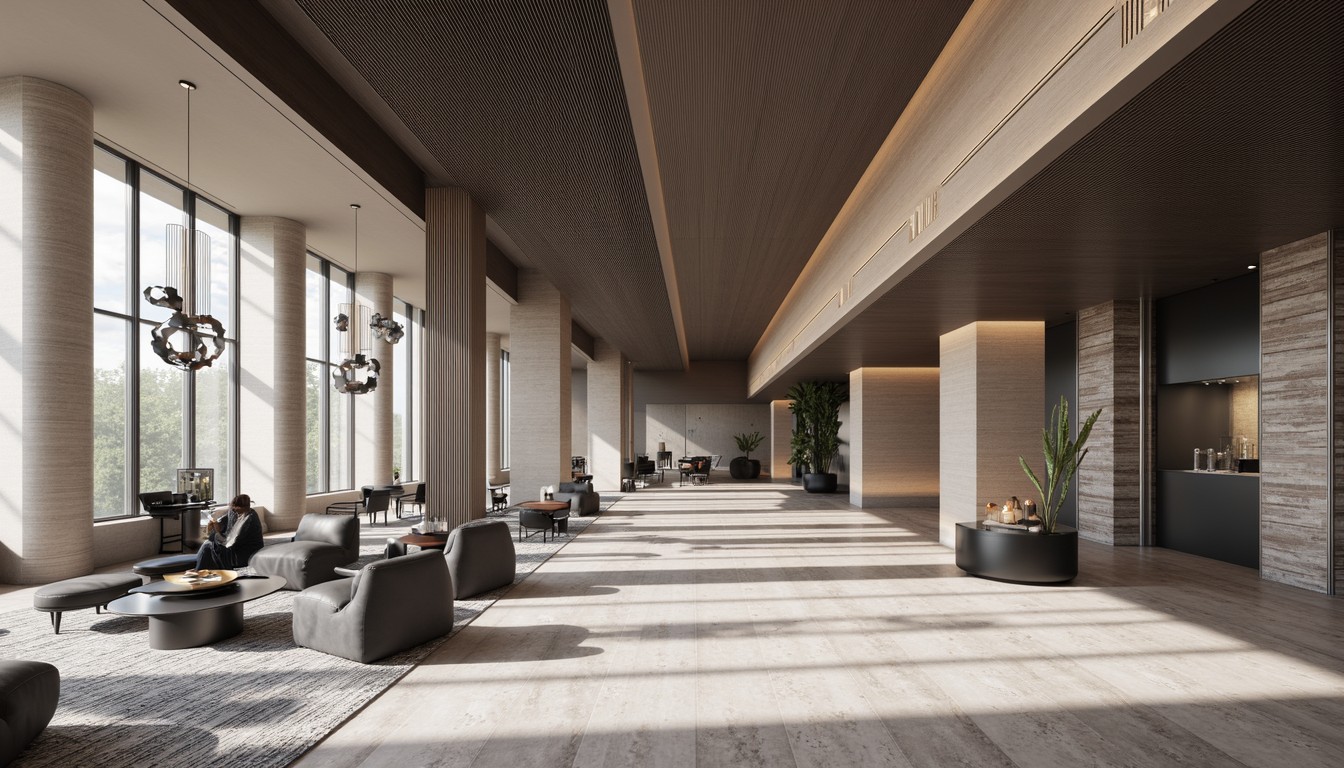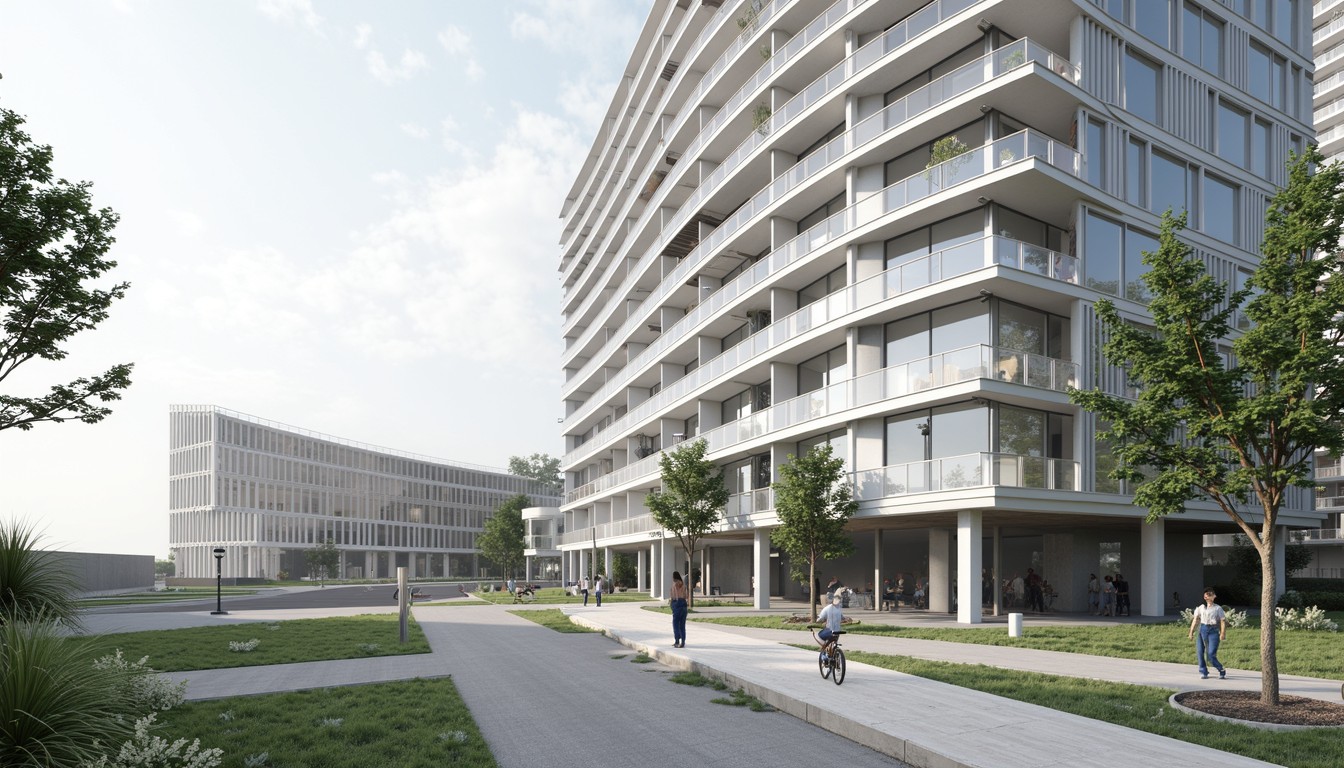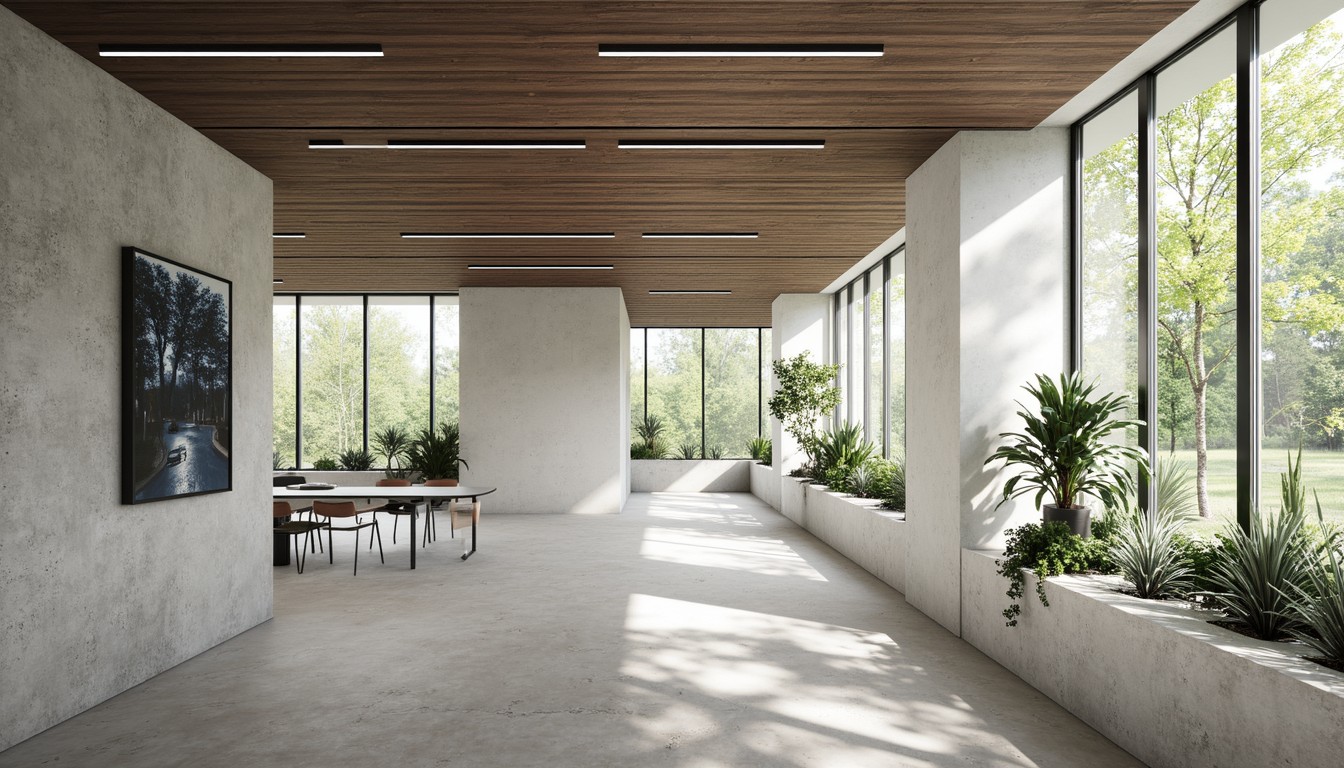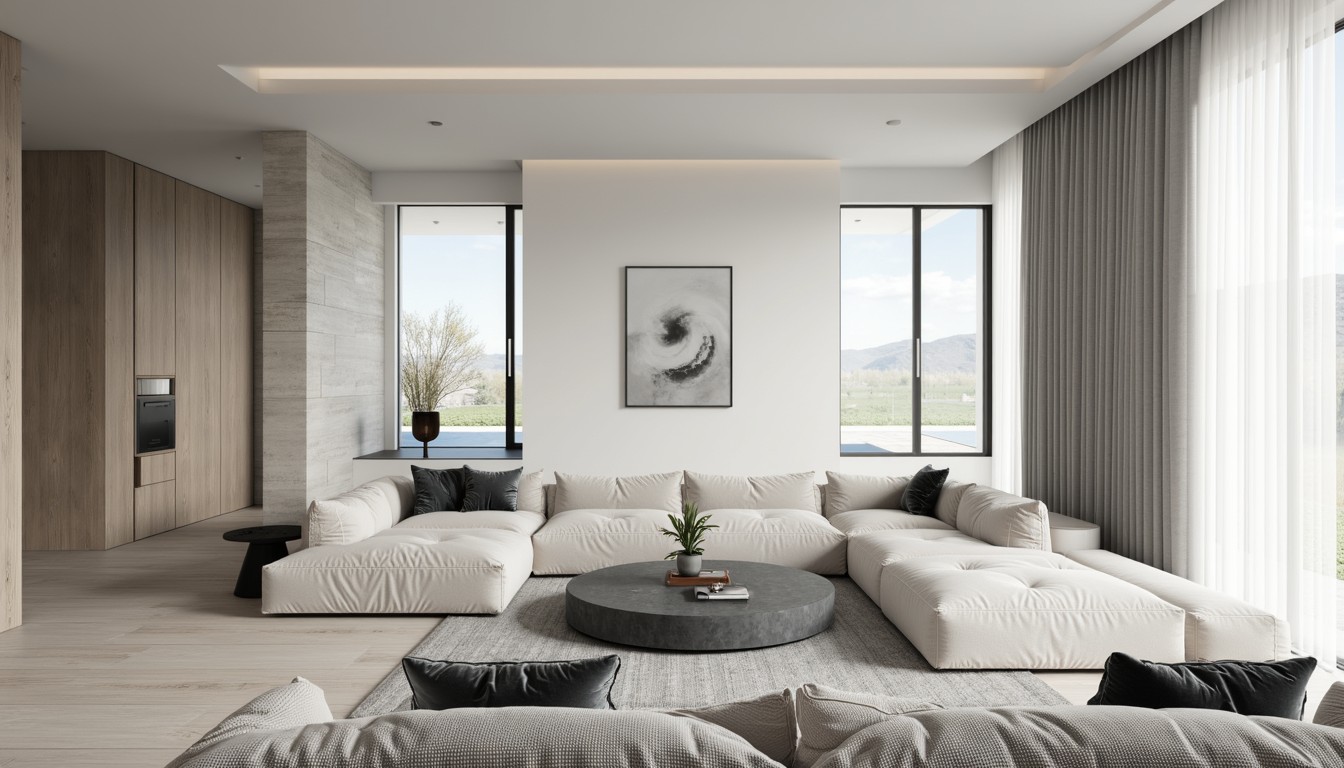AI-Powered Space Planning: A Design Revolution
The architectural design landscape is undergoing a seismic shift, driven by the rapid advancement of artificial intelligence (AI). No longer a futuristic fantasy, AI-powered space planning is revolutionizing how architects and designers approach project development, offering unparalleled efficiency, creativity, and accuracy. This transformative technology is reshaping the industry, streamlining workflows, and unlocking previously unimaginable design possibilities. At ArchNav, we're at the forefront of this revolution, leveraging AI to deliver exceptional architectural visualization services.
The Rise of AI in Architectural Design

For years, architects have relied on manual processes and traditional software for space planning. This often involved time-consuming iterations, manual calculations, and potential for human error. AI, however, introduces a paradigm shift. By leveraging machine learning algorithms and vast datasets, AI can analyze complex spatial data, optimize layouts, and generate multiple design options in a fraction of the time it would take a human.
Key Benefits of AI-Powered Space Planning:
- Increased Efficiency: AI automates repetitive tasks, freeing up architects to focus on creative problem-solving and client interaction.
- Enhanced Accuracy: AI minimizes human error in calculations and ensures precise spatial relationships, resulting in more accurate and feasible designs.
- Improved Design Exploration: AI can generate numerous design variations, allowing architects to explore a wider range of possibilities and select the optimal solution.
- Optimized Resource Allocation: AI analyzes space requirements and resource constraints to create efficient and cost-effective designs.
- Faster Project Delivery: AI streamlines the design process, leading to faster project completion and reduced turnaround times.
- Data-Driven Decision Making: AI provides valuable insights based on data analysis, guiding informed decision-making throughout the design process.
Real-World Applications of AI in Space Planning

The applications of AI in space planning are diverse and far-reaching. Here are some practical examples:
1. Space Optimization in Commercial Buildings:
AI can analyze floor plans, occupancy data, and workflow patterns to optimize the layout of office spaces, maximizing efficiency and employee productivity. It can intelligently place workstations, meeting rooms, and common areas, ensuring optimal flow and minimizing wasted space. This leads to significant cost savings and improved workplace satisfaction.
2. Residential Design Optimization:
AI can assist in creating customized residential layouts based on individual client preferences and needs. By considering factors such as family size, lifestyle, and budget, AI can generate multiple design options that meet specific requirements, making the design process more personalized and efficient.
3. Healthcare Facility Planning:
In healthcare, AI is crucial for optimizing the layout of hospitals and clinics. It can analyze patient flow, staff movement, and equipment placement to create efficient and safe environments. This can lead to improved patient care and reduced operational costs.
4. Sustainable Design:
AI can contribute to sustainable design by analyzing environmental factors such as sunlight exposure, natural ventilation, and energy efficiency. It can optimize building orientation and design features to minimize environmental impact and create energy-efficient spaces.
Challenges and Considerations
While AI offers significant advantages, it's crucial to acknowledge potential challenges. The accuracy of AI models depends on the quality and quantity of data used for training. Furthermore, ethical considerations surrounding data privacy and algorithmic bias need careful attention. Human oversight remains essential to ensure the AI-generated designs align with design principles, client requirements, and regulatory compliance.
The Future of AI in Space Planning

The future of AI in space planning is bright. As AI technology continues to evolve, we can expect even more sophisticated tools and applications. We can anticipate advancements in generative design, virtual reality integration, and the use of AI for building performance simulation. This will lead to more innovative, sustainable, and efficient designs.
ArchNav: Your Partner in AI-Powered Architectural Visualization
At ArchNav, we embrace the transformative power of AI to deliver cutting-edge architectural visualization services. We leverage the latest AI technologies to create stunning and accurate renderings, helping architects and designers effectively communicate their vision to clients and stakeholders. Our expertise in AI-powered space planning allows us to deliver innovative solutions that meet the unique requirements of each project. Contact us today to learn how we can help you harness the power of AI to revolutionize your next project.
